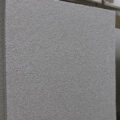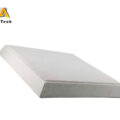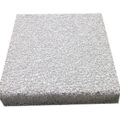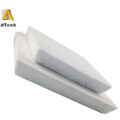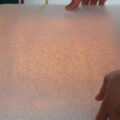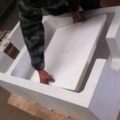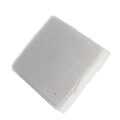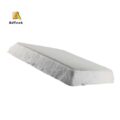Aluminium is melted in a melting furnace before further processing and almost always filtration is required. The ceramic foam filter filtration method depends on the casting technique used or the treatment of the molten aluminum. It is generally believed that it is possible and beneficial only when sufficient amounts of metal are used. However, filters can be used in large industrial and small foundries, including filtering metal in the casting process of each casting.
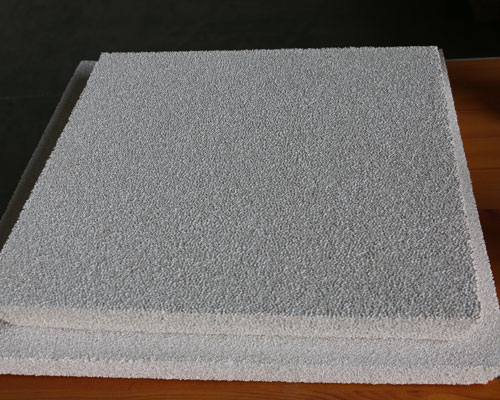
Ceramic Foam Filter Filtration
Ceramic foam filters are most commonly used in aluminum castings. Usually they are square plates. They are made by introducing porous polymer foams into liquid ceramic slurry. The ceramic coating foam is then dried and fired to remove polymer matrix. The result is the original organic foam structure of ceramic replica.
The main ceramic materials used in this technology are alumina, zirconia and silicon carbide. The size of the filter depends on its expected performance, casting time and the location of the filter in the filter unit. The selection of the filter brand (PPI value) depends on the characteristics of the aluminum alloy, casting temperature, the degree of contamination of the melt and the purity requirements of the metal at the outlet.
Ceramic Foam Filter Filtration well before casting to ensure its normal operation. After casting, the filter can be reused if heated continuously. If the metal hardens in the filter, it must be replaced with a new metal at the next casting.
The ceramic foam filter is a typical industrial application in the CFF filter box, which is installed in the metal transmission line from the melting furnace to the distribution furnace or the casting unit.
Ceramic Foam Filter product mesh number is 25, 30, 35, 40, 45, 50, 55, 60, 70, 80, 90 ppi.  It has the advantages of high strength, erosion resistance, strong adsorption capacity, and effective removal of tiny inclusions in aluminum liquid.
It has the advantages of high strength, erosion resistance, strong adsorption capacity, and effective removal of tiny inclusions in aluminum liquid.

